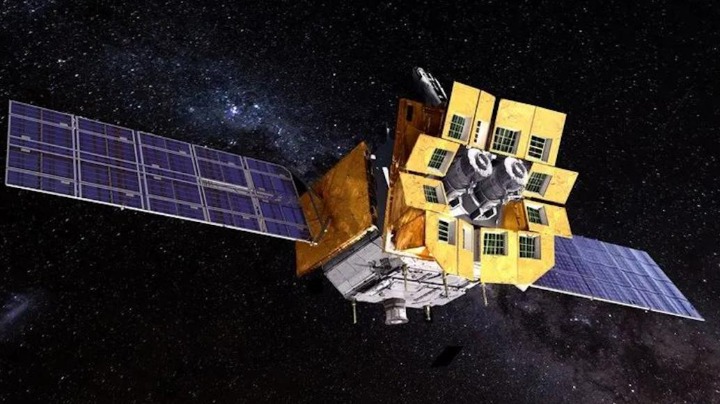
China Launches Einstein Probe and ‘Lobster Eyes’ X-Ray Telescope China launched the Einstein Probe, a pioneering X-ray telescope known as ‘Lobster Eyes,’ into orbit. (Photo: ScietechDaily)
The Launch of the Einstein Probe: A Quantum Leap in X-Ray Astronomy
China launched the Einstein Probe, a pioneering X-ray telescope known as ‘Lobster Eyes,’ into orbit. The Chinese Academy of Sciences (CAS), ESA, and MPE collaborated on this achievement. The probe, launched on a Chang Zheng 2C rocket, reached its 600-kilometer orbit and observed the night sky in three rotations.
Innovative X-Ray Telescope Detects High-Energy Transients The Einstein Probe, known as ‘Lobster Eyes’ for its unusual X-ray telescope design, has two powerful instruments: the Wide-field X-ray Telescope (WXT) and the Follow-up X-ray Telescope.
Observing high-energy transients from neutron stars and black holes is possible with this novel technology’s broad and sensitive X-ray sky view. ESA’s testing, calibration, and data collecting have helped construct this cutting-edge telescope.
READ ALSO: James Webb Space Telescope Captures Mystifying ‘Green Monster’ Residue In Stunning Supernova Remnant
Understanding Energy After its successful deployment, the Einstein Probe is now tuning into X-ray radiation to help scientists and researchers comprehend energetic processes in the universe. The probe studies X-rays from neutron star collisions, supernovae, and black hole activities to illuminate the most energetic processes in our universe.
Future mission duration and calibration Data from ‘Lobster Eyes’ won’t start for a few months while the probe is calibrated for six months. Once fully operational, the project will scan the sky for X-ray events for at least three years, advancing our cosmic understanding.
READ ALSO: China’s Successful Satellites Launch Marks Exciting Start To 2024 Space Missions




![Tyson Foods Plant [Photo: Food Manufacturing]](https://southarkansassun.com/wp-content/uploads/2023/08/iStock_1185520857__1_.5e441daa51cca-600x337.jpg)







![Silverado Senior Living Management Inc. [Photo: Los Angeles Times]](https://southarkansassun.com/wp-content/uploads/2023/10/download-6-4-600x337.jpg)

![China's Wuhan Institute of Virology [Photo: Nature]](https://southarkansassun.com/wp-content/uploads/2023/09/d41586-021-01529-3_19239608-600x337.jpg)
















